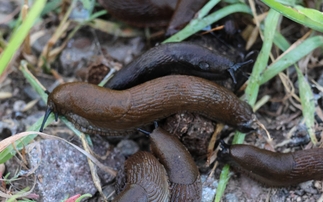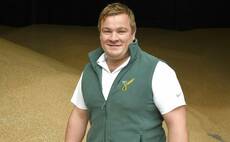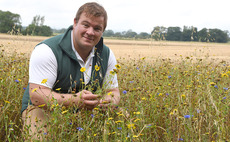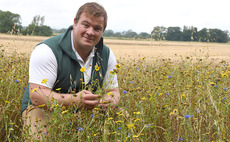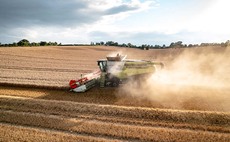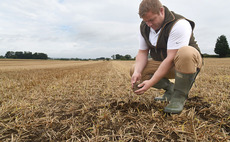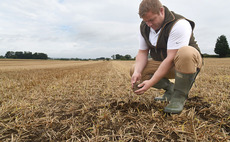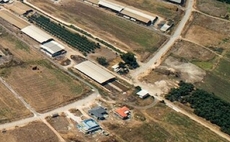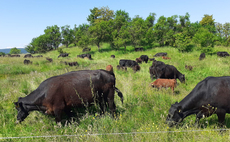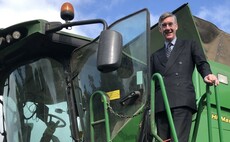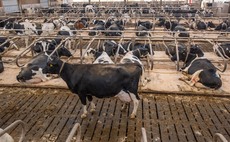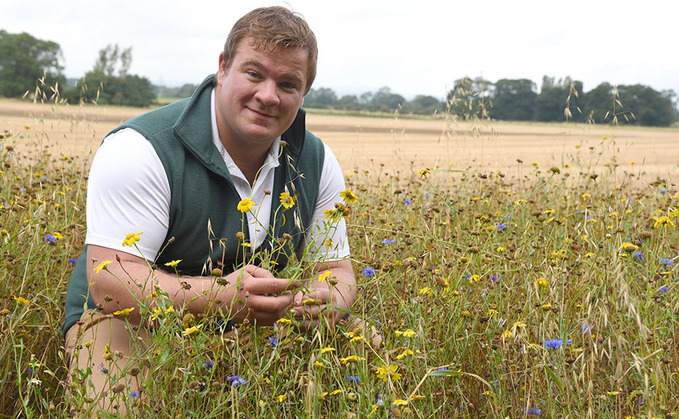
Harvest can only be described as resembling a prop forward at pre-season hill sprints - slow and steady with frequent stops.
Despite the holdups, we have managed to get seven or eight cutting days out of the last fortnight. Showers here in the Ryedale Valley have been extremely localised with one farmer cursing the weather while his neighbour is still enjoying his jam and cream scones behind the combine wheel. That said, harvest is progressing and if we could just string together two weeks of good weather, I feel many would soon limp over the finish line.
In general, yields haven't been disastrous, yet they also haven't broken any records. There have however been odd pockets where yields have done extremely well for the season. I think ‘average' would be the best way to describe this year.
Oilseed rape
First off let's start with oilseed rape. Yields have been floating around the 3.7 tonnes per hectare mark, some lower and some higher but I feel that is a good average. Where yields have been on the lower end of the spectrum, part of the potential yield seems to be on the floor judging by the number of volunteers present in stubbles. Prior to harvest we were subject to some heavy thunder showers which certainly took their toll on some of the early sown crops.
Where flea beetle, stem weevil and pigeons ravaged the crops then yields struggled to pass 1.2t/ha. With one crop off the fields, we now have next year's attempt in the ground. Early sown crops on kind land are approaching 2-3 leaves and safely away from slug and flea beetle damage for now. Those sown into heavy land with questionable seed beds are struggling and suffering the wrath of the huge invasion of slugs we are experiencing, no doubt down to the wet spring and July. To top that off, flea beetles seem to have awoken from a brief rest period ready to form a dual attack.
Average yields
Those who have managed to get started cutting wheat have at least managed to bring some in without the need for drying. The warm, windy days last week did a good job of drying crops in the field for us. For most however, much of this harvest's wheat crops will be taking a trip through the drier. Yields are following on trend for the season with slightly better than average. Anything around 8.6-9.3t/ha seem to be the norm in North Yorkshire with the odd pockets of fields crossing over the 9.9t/ha mark. I say better than average because the latest harvest figure from a press release was showing an average of 8.15t/ha for the north/northeast. Quality for the feed wheats seems to be holding on now, however I fear the longer the unsettled weather sticks around for, the quicker this will diminish.
I will touch briefly on winter linseed - they didn't yield as well as they looked and 2.5t/ha has been a fantastic yield. Enough said.
This time of year, for agronomists is filled with meetings and technical updates from various agrochemical manufacturers who all have a chance to give their view on herbicide programmes. After looking at some of the theoretical black-grass programmes put to me, I think farmers may need an extend on their overdraft.
Finally, I sign of by saying that after four years of writing my column, the time has come to pass this privilege on to someone else. It has been a pleasure to keep you all updated with the ongoings up here in the north, I wish you all the best for the rest of harvest and a happy autumn, I'm sure it won't be the last you'll hear from me.













